Physical Address
304 North Cardinal St.
Dorchester Center, MA 02124
Some arthropods are of medical importance predominantly because of the direct effect of infestation and these are considered in this chapter. Arthropods that cause illness through envenomation (mainly arachnids) are discussed in the following chapter along with other noxious exposures (bites, stings, venoms, toxins). Others, considered elsewhere ( Chapter 1 ), are responsible for disease primarily because they are vectors of viral, bacterial or parasitic pathogens. The few that are both vectors and direct causes of pathology are included in sections describing the vector-borne disease.
Among the ectoparasitic arthropods, the cosmopolitan scabies mites, lice and bedbugs are particularly prevalent. Other cosmopolitan species of mite ( Table 5.1 ) that commonly cause local and/or systemic pathological changes are especially likely to be encountered in a tropical environment and are therefore considered here. Tungiasis is a significant problem in many tropical areas, where it can be a major cause of disability and afflict more than 50% of the indigenous population. However no global estimates of prevalence are available. Although the myiases are rare and can be very serious or even lethal, the larvae of one species of fly are returning to favour as cleansers of contaminated wounds.
| Genus and species | Notes |
|---|---|
| Thryeophagus entomophagus Dermanyssus gallinae |
Causes ‘pancake syndrome’ Poultry red mite, infests humans |
| Ornithonyssus bacoti Ornithonyssus sylviarum Ornithonyssus bursa |
Tropical rat mite Northern fowl mite Tropical fowl mite |
| Dermatophagoides pteronyssinus Dermatophagoides farinae Euroglyphus maynei Sarcoptes scabiei Pyemotes ventricosus Cheyletiella parasitovorax Cheyletiella blakey Cheyletiella yasguri Demodex folliculorum Demodex brevis |
Main house dust allergen Common house dust allergen Common house dust mite Scabies, Norwegian scabies Grain, straw mite, causes dermatitis In dog fur, causes dermatitis Mainly in dog fur In dog, cat, rabbit fur In human hair follicles In sebaceous glands |
| Neotrombicula autumnalis Leptotrombidium akamushi Leptotrombidium deliense |
‘Harvest mite’ Vector of Orientia tsutsugamushi (scrub typhus) in Japan Vector of Orientia tsutsugamushi (scrub typhus) in rest of South East Asia |
Aside from trombiculid mites of the genus Leptotrombidium , the larval forms of which are the vectors of scrub typhus in South East Asia, mites only cause pathology as a consequence of direct host contact. Some have a cosmopolitan distribution whilst others have more restricted niches. Globally, the faeces of the house dust mite triggers several allergic conditions and profoundly itchy scabies infestation can occur either sporadically or in outbreaks. Several species, such as the poultry red mite, provoke intense cutaneous irritation in defined epidemiological niches.
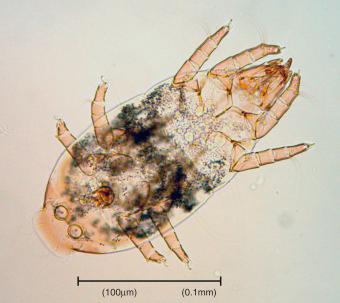
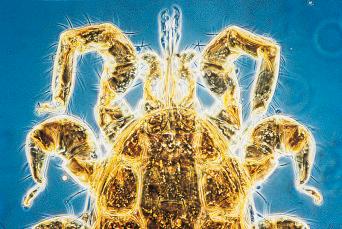
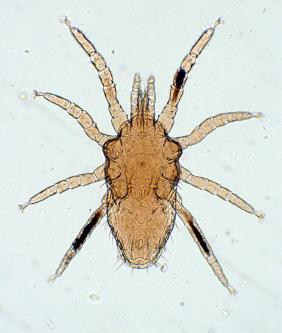
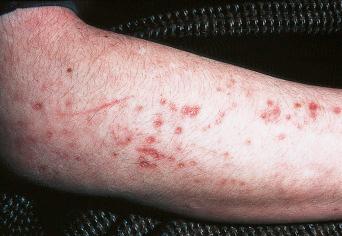
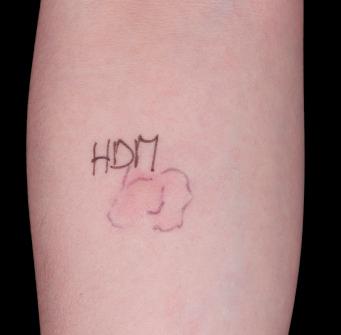
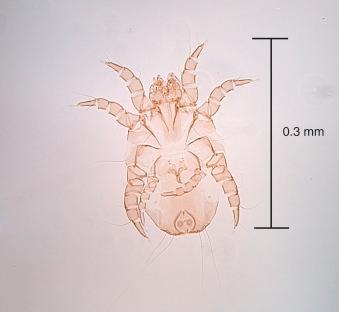
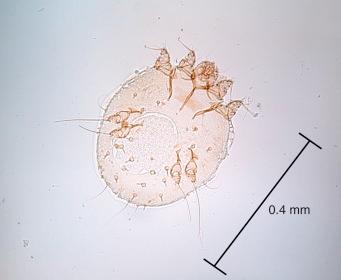
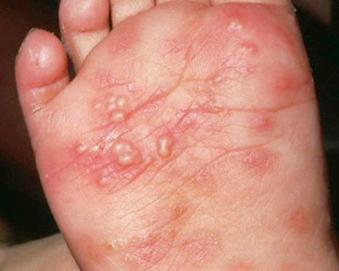
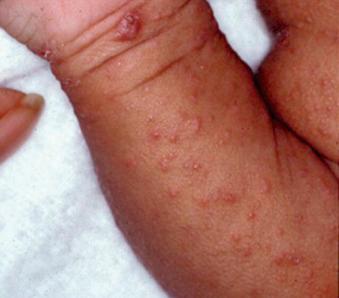
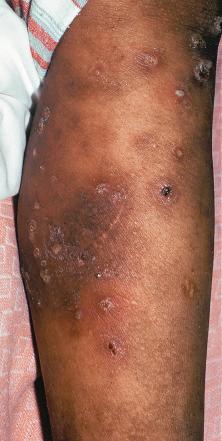
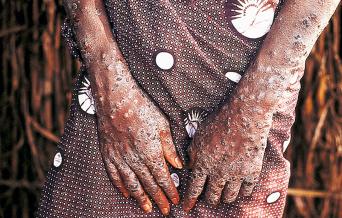
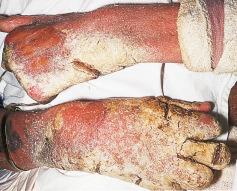
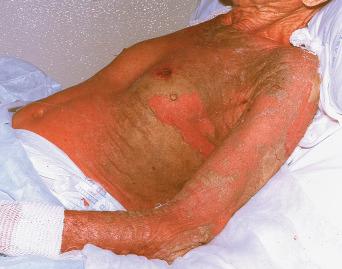
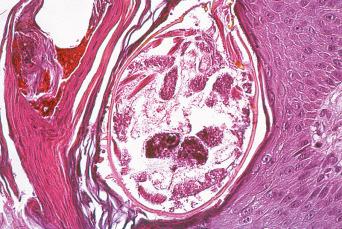
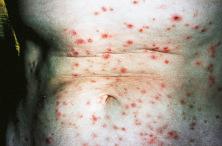
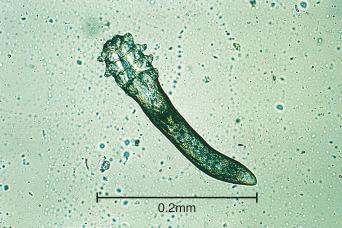
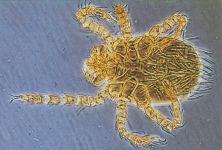
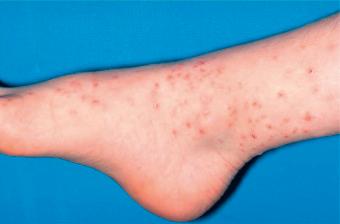
Become a Clinical Tree membership for Full access and enjoy Unlimited articles
If you are a member. Log in here